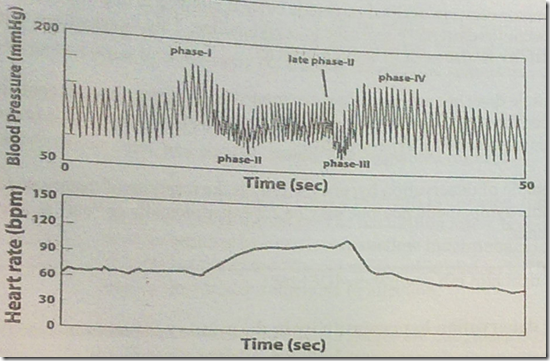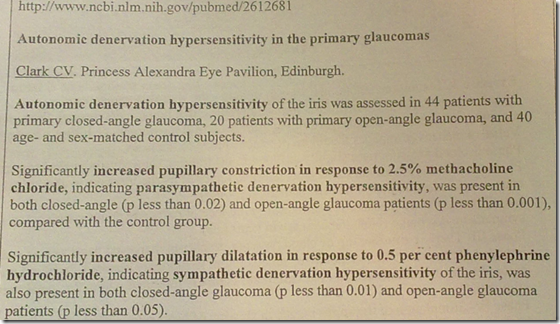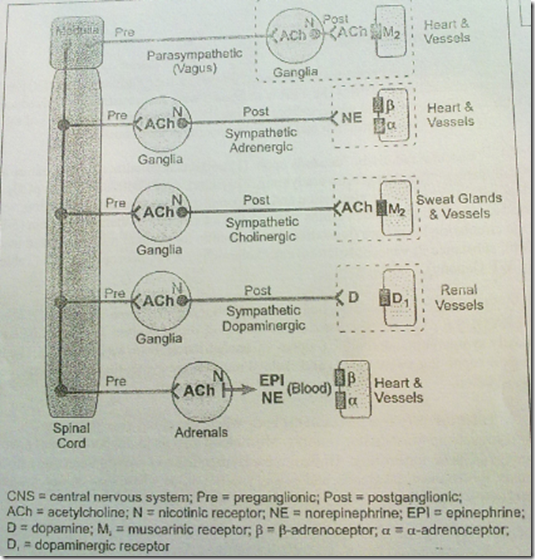1) Degenerative diseases of the nervous system associated with autonomic failure – Shy-Dragger syndrome
Exercise 1:
Orthostatic hypotension was 1st described by Shy & Dragger, and was termed ‘Shy-Dragger syndrome’.
Study the organisation of the autonomic nervous system and work out which division (sympathetic/parasympathetic) is affected in the clinical problems described by Shy & Dragger.
Exercise 2:
Sexual impotence could reflect a defect in both divisions. What abnormality would be produced by sympathetic inefficiency and which by parasympathetic inefficiency?
Ans: Penile erection is controlled by the parasympathetic branches of the autonomic nervous system. Specifically, the sacral nerve plexus innervates the vessels and muscles of the penis, causing blood to become entrapped in the corpora cavernosa and spongiosum, which produces an erection. Note that while this is generally true, a man can still get an erection after BPH surgery or nerve damage. Ultimately, erections are the result of blood remaining in the veins within the corpous cavernosa, with or without innervation
Sympathetic – responsible for penile detumescence and ejaculation
Parasympathetic – responsible for penile erection
2) Horner’s syndrome
Exercise 1
Nerve supply to the eyelids, pupils & sweat glands. In Horner’s syndrome, the eyelids droop, pupils contricted, and there is loss of sweating in the affected side.
Ans: Sympathetic nerve.
3) Valsalva manoeuvre
Exercise 1
Testing the autonomic nervous system – Valsalva manoeuvre.
Exhale forcibly with a closed glottis (windpipe) so that no air exits through the mouth or nose (eg. strenuous coughing, straining during bowel movement, or lifting a heavy object). The Valsalva manoeuvre impedes the return of venous blood to the heart.
- Phase 1
- BP rises slightly as blood in the inferior vena cava is pushed towards the heart
- Phase 2
- BP falls as venous return is impeded by the increase in abdominal pressure. This causes an increase in heart rate (sympathetic response)
- Late Phase 2
- BP is maintained in the face of reduced venous return by an increase in sympathetic discharge (note the increase in heart rate)
- Phase 3
- There is further dip of BP despite an increase heart rate as venous return is impeded. At the end of the manoeuvre, venous return is suddenly restored, so blood pressure rises. The baroreceptors are stimulated, and the vasomotor centre is inhibited whilst vagal nerve nuclei are stimulated.
- Phase 4
- Stimulation of the vagus results in slowing of heart rate, with the BP falling back to normal. This is a parasympathetic effect.
In autonomic neuropathy, the sympathetic system/parasympathetic system or both may be affected. Work out the pattern expected in such patients.
4) Denervation hypersensitivity
5) Neuropathic bladders
Exercise 1
Although the micturition reflex is a spinal reflex, it is partially voluntary. It is initiated by relaxing the pelvic diaphragm and external urethral sphincters. It can be deferred up to a point by voluntary contraction of external sphincters.
Bladder dysfunction is a common complication of neurologic disease. Since the detrusor muscle is a smooth muscle, it does not undergo atrophy if denervated, and responds to denervation in a manner similar to exaggerated reflexes.
- Deafferentation
- when the afferent fibre (pelvic afferent) is diseased, the effect is the same as cutting the nerve. The micturition reflex is abolished and the bladder empties by overflow (overflow incontinence).
- This kind of bladder is termed ‘flaccid neuropathic bladder’
- Urinary stasis makes the bladder vulnerable to infections
- Denervation
- When both afferent & efferent nerves are cut, there is overflow incontinence initially, but the detrusor muscle eventually develops denervation hypersensitivity.
- This results in small hypertrophic hyperreflexic bladder.
- Spastic neuropathic bladder
- When there is disruption in the communication with the pontine centres as in complete transaction of the spinal cord, the micturition reflex is initially abolished, but when the period of spinal shock is over, the reflex activity returns, but the voluntary control is loss.
- Some patients learn to empty the bladder reflexly by tapping/scratching the pubic area or external genitalia.
- Autonomic reflexia
- in spinal cord transactions above the level of sympathetic outflow (ie. T1) afferent impulses to the sacral spinal cord can trigger a series of sympathetically mediated responses like hypertension, headache, piloerection, sweating triggered by visceral (eg. overdistension of bowels, or urinary bladdder) or somatic stimuli (eg. spasm of lower extremities, insertion of catheter)
Exercise 2

Micturition is a parasympathetic effect.
- the detrusor muscle co
ntracts and internal sphincter relaxes. - Stimulation of the sympathetic system causes relaxation of the detrusor and contraction of the internal sphincter.
- this may be of value in preventing sphincter from going up the bladder during ejaculation (sympathetic effect)
- The external sphincter is striated muscle and is supplied by pudendal nerve (somatic)
- contraction can delay micturition up to a certain point
6) Vasomotor tone











